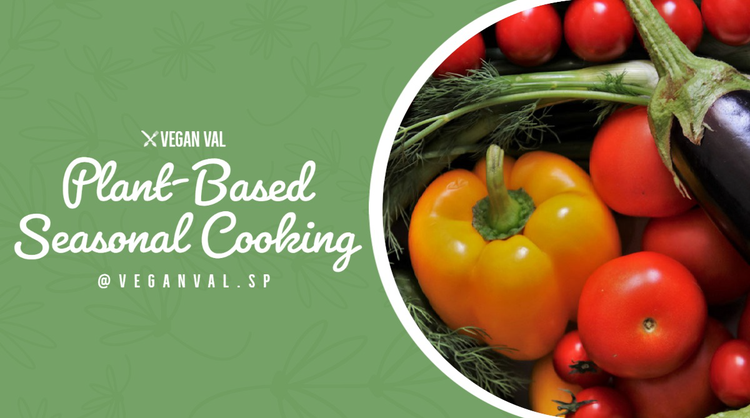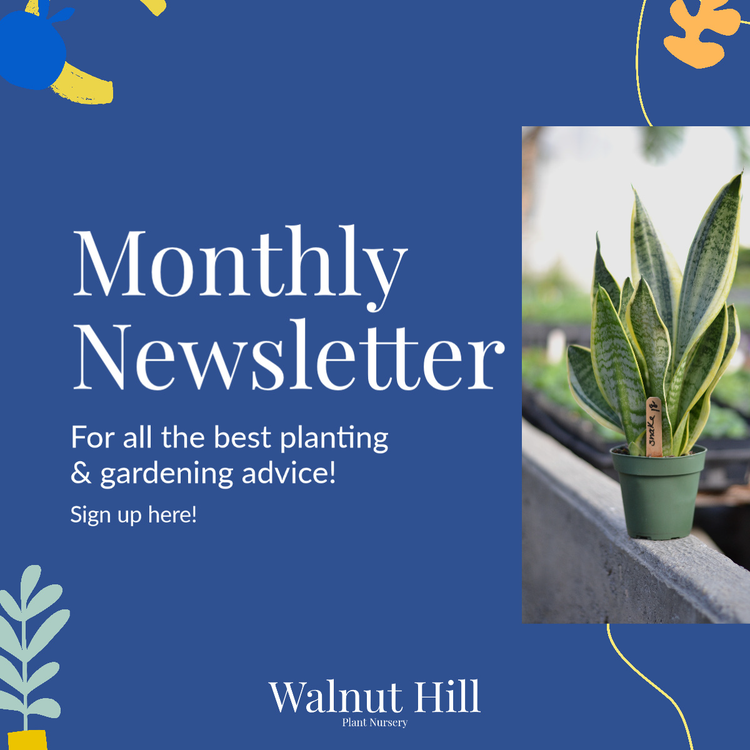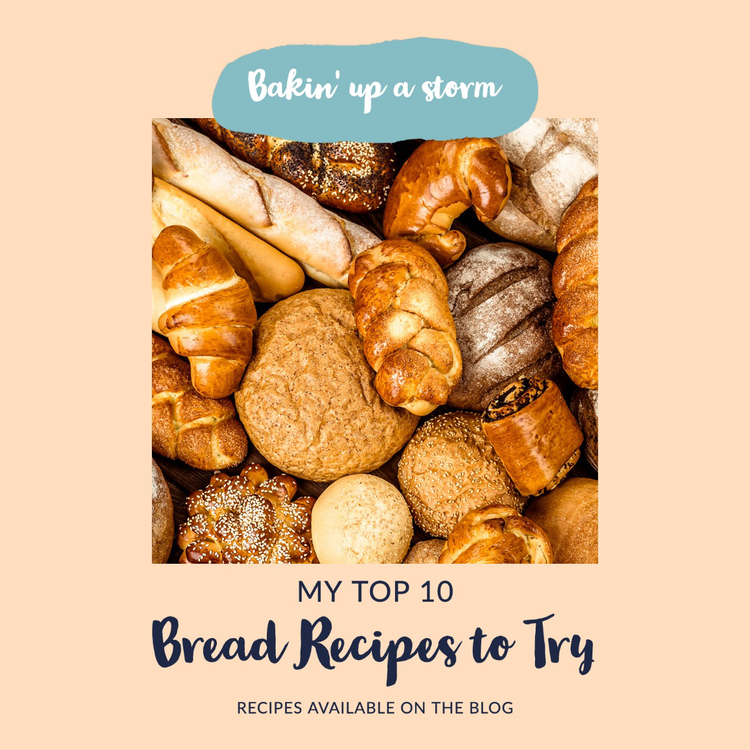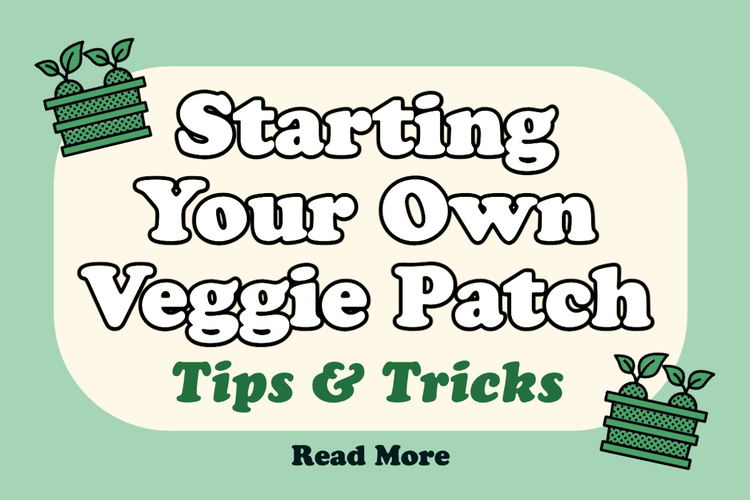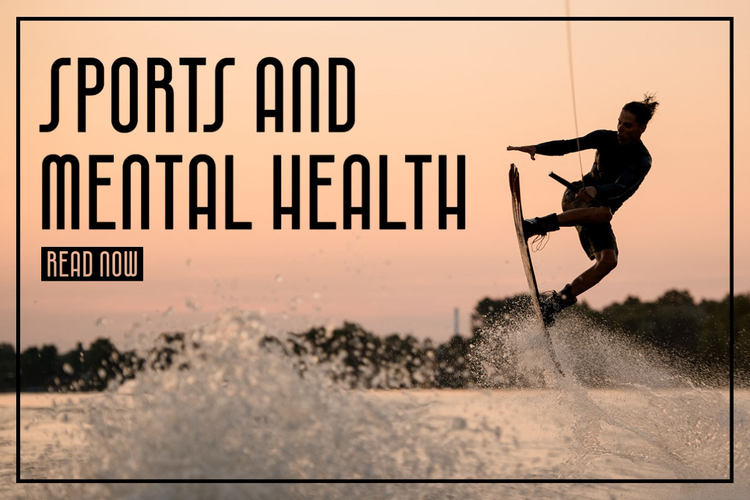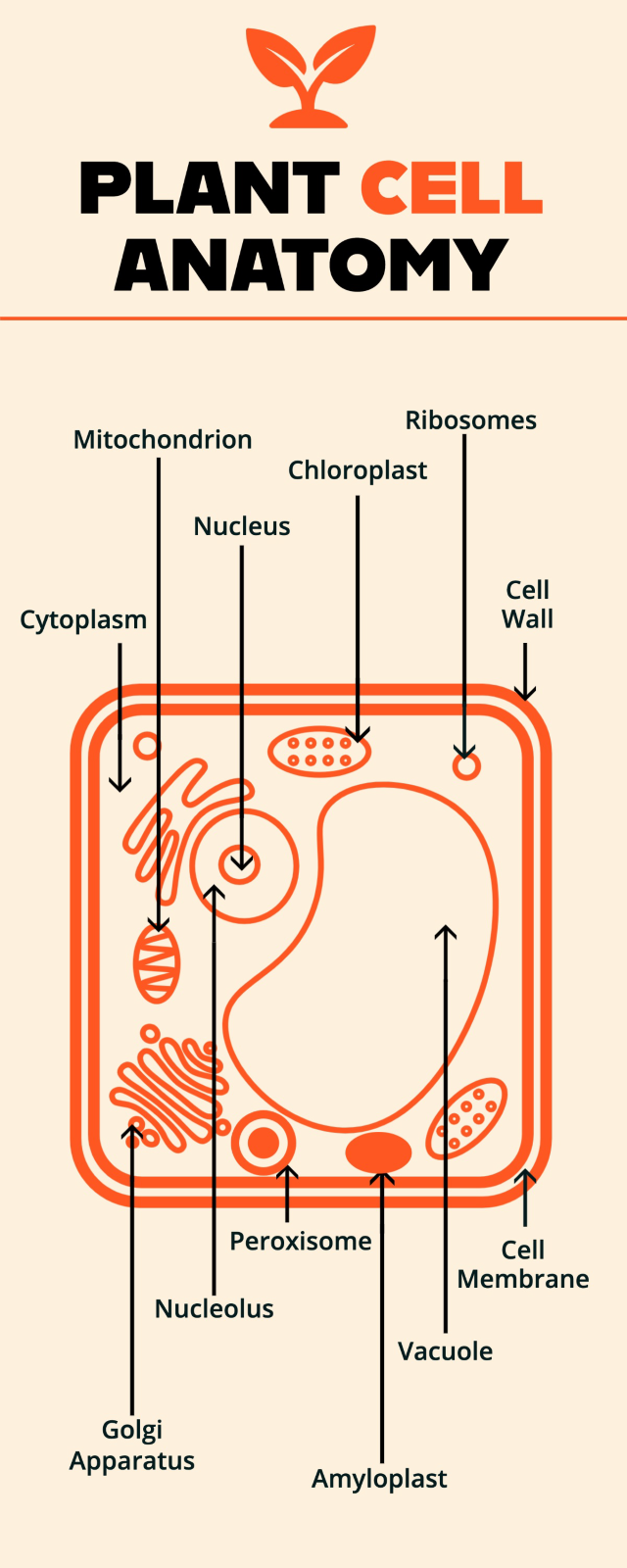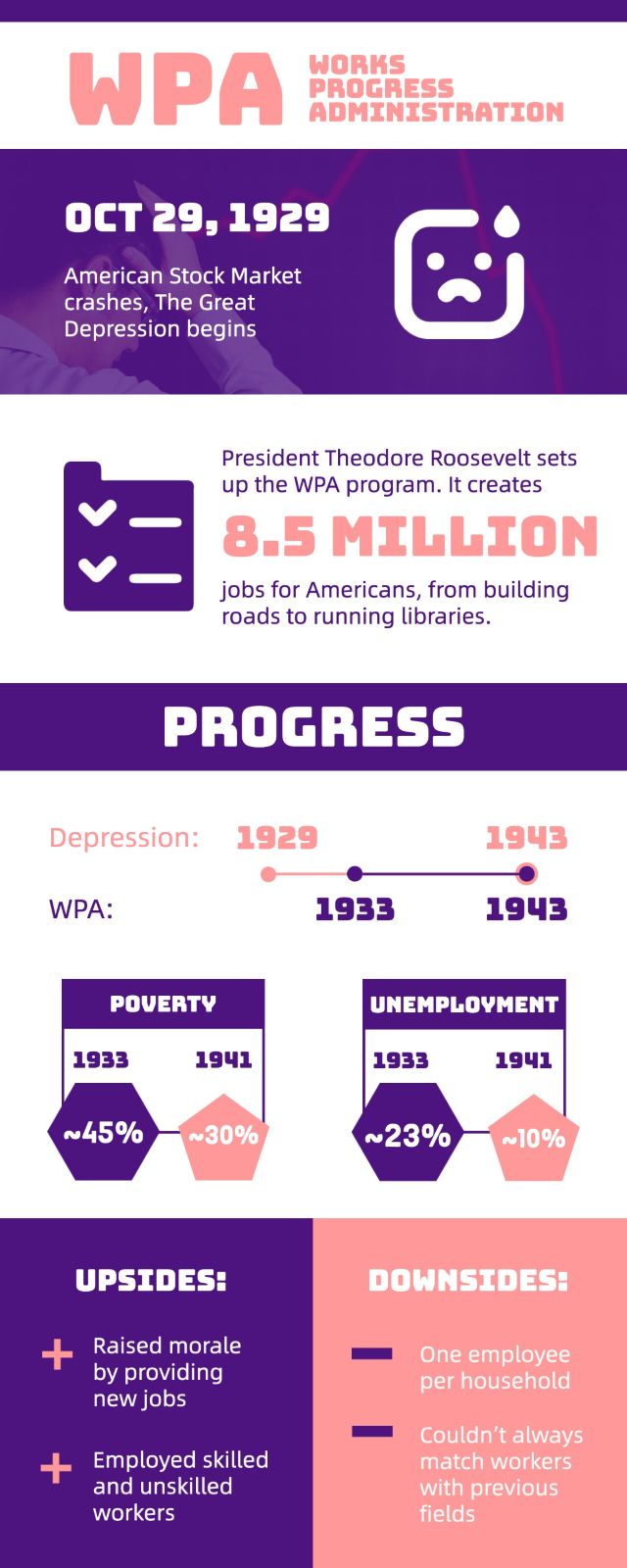Quick and Easy Tips for Powerful SEO Marketing

Are you looking for ways to improve your search engine rankings and drive more organic traffic to your website? If so, then search engine optimization (SEO) marketing is the tool for you.
What is search engine optimization? It’s a marketing strategy that, when done correctly, can dramatically benefit your online presence. With a few simple tips and tricks, you can optimize your content for improved visibility on search engines like Google, Bing, and Yahoo.
So how does SEO work, and what is SEO marketing? You don’t have to be an SEO expert to understand the answers to these questions. In this blog post, we’ll share some quick and easy tips about SEO best practices that will help you get started with impactful search engine marketing. We’ll cover topics such as keyword research, optimizing page titles and meta descriptions, creating high-quality content, and how to improve your SEO overall. Whether you are a content marketer or are trying to boost your business, following these steps and implementing them into your overall digital strategy will help you achieve higher rankings in no time!
Summary/Overview
Start with a well-designed website.
Before diving into your website needs, it's important to understand how your website interacts with search engines. Search engines function using helpers called search engine crawlers. To understand SEO, it’s essential to know what a search engine crawler is and how it affects visibility. Search engines work by using crawlers (also known as spiders or bots) to systematically browse the web to gather information about websites and their content. It works by following links from one webpage to another and indexing the content it finds along the way.
Search engine crawlers help search engines understand the content and structure of websites. That way, when someone does a Google search, for example, Google will use the information gathered by crawlers to display the most relevant results.
That’s why having a well-designed website is the first step in SEO digital marketing; on the most basic level, crawlers — and people — need to be able to easily navigate your website and understand what it’s all about. By utilizing modern web design techniques such as minimalism, intuitive navigation, fast loading speeds, and responsive designs, you can ensure that your website stands out from the competition. Follow these 10 steps to learn how to optimize your on-page SEO.
1. Make your website logical and easy to navigate.
Because crawlers and people need to be able to use and navigate around your website with ease, creating a sitemap is crucial. A sitemap helps search engine crawlers easily discover and index the content on your website, allowing them to more quickly and accurately return relevant results in response to user queries. By providing a clear structure for these crawlers to follow, you can ensure that your website is properly indexed and that your content is well-organized and easily accessible.
When creating a website, it is vital to determine the hierarchy of the pages in order to optimize them for SEO marketing. The structure of the website should be logically and intuitively organized, as this makes it easier for search engine crawlers to identify and index content. This includes creating a clear hierarchy of pages that fit within the overall structure of the website, as well as using relevant titles and headers for each page and linking to them properly.
Choosing a website title that accurately reflects both your brand and the keywords associated with it is another crucial part of successful SEO digital marketing. A website title should be concise, memorable, and relevant to the content on your site. It should also contain some of the most important keywords related to the subject matter of your website, as this will help search engine crawlers identify your website more easily.
2. Choose specific keywords.
Researching user keyword searches and making choices with users in mind is an indispensable part of successful SEO marketing. Keyword research identifies which terms and phrases are most used by potential customers, giving marketers a better understanding of what their target audience may be looking for when conducting searches online. With this information, marketers can then make informed decisions about which keywords to use in their SEO campaigns as they build a stunning website.
It is important to ensure that the keywords chosen offer ranking potential, as they will be used by search engines to determine which website should appear in the search engine results page (SERPs) for related queries. Creating content that aligns with searchers and their search intent can help determine the success of your SEO strategy. To ensure that the keywords chosen are appropriate, conduct research with a keyword SEO tool to determine which search terms and phrases are most commonly used by potential customers.
Once you compile your list of keywords, it is essential to avoid the temptation to cram all the desired keywords into each piece of content. Repeating a keyword or phrase too many times throughout content is called keyword stuffing, which is a red flag to crawlers and could result in search engines penalizing the website. Additionally, overuse of keywords can result in a diminished user experience and a less valuable piece of content — resulting in poor search rankings. Therefore, it is important to find the right balance between incorporating targeted keywords and creating engaging content that ranks well on search engines and resonates with readers.
One of the easiest ways to avoid keyword stuffing is to brainstorm multiple variations of the phrase you are targeting. For instance, if you were trying to rank for the phrase “What is digital marketing SEO?”, think about several ways people many search that same question yet phrase it differently. In this situation, examples could include:
- What is digital marketing SEO?
- What is digital marketing in SEO?
- What is SEO digital marketing?
Brainstorm variations on basic searches or questions that match the intent of your topic and incorporate them throughout your webpage to avoid keyword and phrase stuffing and diversify your language.
3. Optimize your page titles and headers.
Once you have determined which keywords you will use, include them strategically in your website. Optimizing page titles and headers with these words and phrases can help search engine crawlers identify the content of a website more easily and help you rank for those terms.
The page title is one of the most important elements in successful SEO marketing. Titles are the first thing that crawlers encounter when indexing websites, so make sure that they accurately reflect the page’s content and contain relevant keywords.
Titles should be concise yet descriptive, as this helps both users and crawlers easily identify what the page is about. Titles should also contain words that are most likely to be used by potential customers when searching for a particular topic or product. Using keywords in page titles helps search engine crawlers quickly and accurately identify the content on a website, allowing them to return relevant results for user queries. By crafting titles with both users and crawlers in mind, you ensure higher visibility in SERPs and increased organic traffic.
Unfortunately, Google has set the character limit for title tags to about 70 characters as part of their SEO marketing efforts. By using words that are more specific and relevant to the content of the website, you can ensure that crawlers accurately identify the site while still staying within this character limit.
When determining which websites should appear in SERPs, search engine crawlers take into account the attractiveness of headlines. Page headlines should be engaging and relevant to the content of the webpage, as well as provide a summary of the topic, while also containing keywords most likely to be used by potential customers when searching for a particular product or service. The headline should be concise yet descriptive, as this helps crawlers easily identify what the page is about.
An eye-catching headline can help draw in potential customers and increase click-through rates (CTRs). Crafting headlines with both users and crawlers in mind helps ensure higher visibility in SERPs and increased organic traffic.
4. Include CTAs.
If you want to drive more organic traffic and increase your search engine rankings, you need to have a call-to-action (CTA) that shows up in the SERP. Without an effective CTA, potential customers may not be able to find your website or understand what action they should take when visiting it. This can lead to lost opportunities for conversions and sales.
A good CTA should be both concise and captivating, as well as relevant to both users and search engine crawlers alike. It should clearly explain which action users should take once they reach your site — whether that means signing up for a newsletter or making a purchase — so that there are no misunderstandings about what they are expected to do when visiting your page. With an effective CTA in place on each webpage, you can ensure higher visibility on SERPs and increased chances of success with SEO marketing efforts.
5. Write information-rich meta descriptions.
Meta descriptions — an important part of any successful SEO marketing strategy — are snippets of text, typically 150 words or less, that appear in SERPs below a page’s title and URL. These short but powerful pieces of text should accurately reflect the content of the page as well as contain relevant keywords. They should also be written in a way that entices users to click on the listing and visit the page. By writing information-rich meta descriptions with keywords most relevant to the content of your website, you can ensure higher rankings in SERPs and increased organic traffic.
The meta description should include more information than the website's title. Also, using words with higher semantic richness helps crawlers more accurately identify the subject matter of the page and return relevant results in response to user queries. Search engine crawlers use the meta description to identify and index the content of a page, and thus it needs to contain more detailed and specific information.
It’s also important to avoid overusing keywords in a meta description. While it may seem like the more keywords you use, the higher your content will rank in search engine results, this is not necessarily the case. Search engines are smart enough to recognize when a meta description consists solely of keywords and phrases, which can lead to reduced rankings. Additionally, using too many keywords can make the description difficult for users to understand and may lead to a decrease in website traffic. Instead, focus on providing information about the content of the page that is both useful and engaging for potential visitors.
6. Choose SEO-oriented URLs.
URL structure is just as important as keywords when it comes to successful SEO marketing. URLs act as the foundation of a website's structure and should be optimized accordingly to ensure higher rankings in search engine results pages. By creating SEO-oriented URLs with words that are both relevant to the website's content and most used by potential customers, crawlers can easily identify the content of a website and return relevant results in response to user queries. This technique helps increase click-through rates (CTRs) as users are more likely to visit websites with URLs that accurately reflect the subject matter of the page.
When creating SEO-oriented URLs, keep them short and sweet. Long URLs, which tend to contain less relevant words and phrases, can make it difficult for crawlers to accurately identify the content of a website, thus hindering visibility in SERPs. Shorter URLs containing the words most relevant to the website's content ensure higher visibility in SERPs and increased organic traffic.
When it comes to SEO marketing, it is important to choose URLs that are static, not dynamic. Static URLs stay the same, while dynamic URLs change often. This helps crawlers identify and index the content on a website more easily. Static URLs make it easier for users to navigate around the website as they are more intuitive and better organized.
7. Make your website eye-catching.
For SEO marketing purposes, an attractive website is a must. It’s not enough to just create good content — people are quick to jump off websites they find unattractive, off-putting, or outdated.
When a user quickly jumps between different websites without spending much time on any individual page, this is called “pogo sticking.” Pogo sticking can have a significant impact on website performance and rankings in SERPs because it is a tracked metric that indicates to search engine crawlers that the content is not relevant or interesting, resulting in lower rankings in SERPs and decreased organic traffic. Thus, it is important to ensure that users stay on your website for longer periods of time through optimized content and page design.
When a person lands on a webpage that is visually interesting, they are more likely to stay on that webpage and website for longer. Here are some tips to make your website as eye-catching as possible:
- Choose a cohesive color palette and stick with it.
- Use legible fonts and consider font pairing.
- Use templates to create interesting graphics and header images.
- Use infographics to display data in a dynamic and appealing way.
- Create a brand kit to better define your brand’s personality.
- Incorporate relevant images and graphics into your webpages.
8. Minimize website load time.
Search engines take website load time into consideration as a metric when determining ranking positions. There are many things you can do to minimize website load time:
- Use JPG or WEBF formats for images and other media files. These formats are optimized for faster loading times and help reduce page load time overall. Optimizing images can also help reduce page size, resulting in improved website performance and increased organic traffic.
- Cut back on the number of HTTP requests. Each request requires additional time, so reduce the number of requests necessary for pages to fully load — this means removing unnecessary images and scripts from the webpage, as well as reducing the size of existing assets.
- Compress files. This can help reduce file size and thus the number of requests necessary for a page to load.
- Remove unnecessary plugins. Plugins add additional features and functionality to a website, but can often slow down page loading time, making it difficult for crawlers to accurately identify the content of a website. Having too many plugins can lead to security vulnerabilities and poor user experience.
- Utilize content-caching. By caching content, websites can serve pre-generated versions of webpages quickly, so they are displayed almost instantly to visitors. Content-caching reduces page size, improves website performance, and helps crawlers more easily identify website content and return relevant query results.
9. Optimize your images.
Choosing the right imagery is a critical aspect of SEO marketing. They should reflect both the brand and content of the website, and be clear, bright, and clean. Relevance to the website's subject matter helps search engine crawlers more accurately recognize and catalog the content of the site. Images should also be optimized for loading speed because, as mentioned above, page load time has a direct impact on rankings in SERPs. Here are some tips to optimize your images for SEO:
- Shrink images to a manageable size. Large and high-resolution images can significantly slow down your site, which can be frustrating for visitors and negatively impact your search engine ranking. Reducing image sizes to no more than 1920 x 1080 pixels strikes a balance between visual quality and web performance. Similarly ensure that their resolution is set to 72 DPI (Dots Per Inch), the standard for web use.
- Choose the right image file format. Using JPEG or WEBP files can help reduce file size without compromising quality. Both of these file formats are optimized for faster loading times, as they have smaller file sizes due to their compression algorithms. Both of these formats support a wide range of color depths, allowing for high-quality images that load quickly.
- Utilize alt text. Alt (alternative) image text is used by search engine crawlers to determine the context of an image and helps crawlers better understand the content on a webpage. Choosing words with higher semantic richness helps crawlers more accurately understand the purpose of an image. Moreover, alt attributes should be meaningful and descriptive, as this helps both users and crawlers better find what they are looking for.
10. Put internal linking to work.
Linking one page of your website to another page on the same website is referred to as internal linking, which helps people find other pages on your site. Internal linking is an important part of successful search engine marketing. By utilizing internal linking, you can help search engine crawlers more accurately identify content, resulting in better organic traffic and better SERPs results.
Internal linking helps users quickly find relevant information on the same website without having to search for it. For example, you could link to a page that provides more detailed information about a product or service featured on the homepage. This helps provide users with additional context and encourages them to explore your website further.
However, having too many links can clutter a page, reduce its relevance in the SERPs, and result in an increase in page load time and a decrease in user experience. Checking regularly for broken links is vital because they can negatively impact website performance and damage user experience, reducing search engine rankings and decreasing organic traffic. If you create and maintain working links that fit naturally into your website, you will see an increase in SERP ranking and thus organic traffic.
Additional tips for optimizing SEO.
Creating and maintaining a well-designed website and webpages are the bread and butter of good SEO. However, once they are optimized, there are even more strategies to consider. Follow these five additional tips to further deepen and develop your understanding of SEO marketing.
Keep users on your page longer.
When it comes to SEO marketing, "pogo sticking" can have a significant impact on website performance and rankings in SERPs. Here are some tips to keep users on your pages longer:
- Make content easy to read. Content that is easy to understand and navigate improves user experience and ensures higher visibility in SERPs. It can also help crawlers more accurately identify the content of a website.
- Keep paragraphs and sentences short, use clear headings and subheadings, and provide ample white space between elements to improve readability and the flow of the page.
- Provide relevant images or videos. This helps users more quickly understand the content of the webpage, resulting in increased dwell time.
- Break up content into smaller chunks. With smaller pieces of content, such as bullet points, lists, or shorter paragraphs, you make your website easier to navigate and more digestible for readers. Smaller chunks of content can also help crawlers more accurately understand what a website actually contains.
- Create fresh and updated content. With regular content updates, you ensure the site remains relevant for crawlers and interesting for readers. Fresh content helps improve website performance and increase organic traffic. Maintain a regular schedule of new content creation in order to keep users engaged.
- Utilize long tail keywords: Long tail keywords are words or phrases that are more specific than regular keywords. They usually have fewer searches, but they can help your website stand out because they're more likely to be relevant to the content on your page, and less likely to be used by other websites. Including long tail keywords in titles, headings, subheadings, and page content can also help you rank for more specific searches.
Remove or update unused or underused pages.
Many websites have “zombie pages” that are low-traffic and don’t contribute much to the overall SEO of a website. These zombie pages are created over time and can be caused by a multitude of factors such as outdated content, poor keyword optimization, and a lack of internal links.
Removing or updating unused or underused pages is an important part of successful SEO marketing. By removing zombie pages from your website, you can help ensure that search engine crawlers more accurately identify its content. Updating pages with fresh, relevant content can also help make them more visible and engaging to readers.
Note that having one strong page is much better than a handful of weak pages. A single page optimized with relevant keywords, interesting content, and engaging visuals can help your website rank higher in SERPs and attract more organic traffic.
Refreshing outdated content is another effective option for successful SEO marketing. By updating and revising old content, you can keep it relevant for crawlers and interesting for readers. Refreshing content with new keywords and visuals can also help make the page more visible and engaging. Furthermore, when content is updated regularly, it helps to establish trust and consistency with readers.
Get more backlinks.
An important aspect of technical SEO is link building, another component of implementing links to your website. Backlinks are links from other websites that point to your own website, and they help crawlers better understand the content of a page and its relevance to a given search query. Getting more backlinks can also help your website stand out from competitors and attract higher organic traffic. Here are some suggestions for gaining backlinks:
- Contact key bloggers and journalists for content. By reaching out to influencers in your industry, you can create valuable relationships that can lead to higher visibility in SERPs and increased organic traffic. What's more, influencers may also be willing to promote your website via their podcast or by sharing links on their own platforms, further increasing your chances of success.
- Accept quality guest content offers. By having guest authors contribute to your website, you can add more relevant content to it and increase its visibility in SERPs. Having a variety of authors on your website can help make it stand out from competitors and attract more organic traffic, too. Guest authors may be willing to promote your website or share links on their own platforms, further ramping up your SEO marketing efforts.
- Find publishers who will give you guest post opportunities. By having your content published on other websites, you can increase the visibility of your website in SERPs and attract more organic traffic. Plus, having your content featured on high-quality websites can help establish trust with users and make your brand stand out from competitors. Research industry blogs and websites that feature relevant topics or keywords related to yours to help you identify potential target sites that could be interested in featuring your content.
- Seek out relationships with influencers. Find influencers within the same niche or industry to establish trust and credibility for your brand. These relationships may also lead to opportunities for guest posts or the chance to conduct an interview, which are helpful to establishing relationships with key players in your industry.
- Promote your content. Utilizing social media channels and other online platforms helps you reach a wider audience and establish trust with users. If your content is shared by other websites, it can result in more backlinks.
- Utilize testimonials. Testimonials are written accounts by customers or clients providing positive feedback about a product, service, or experience. By featuring these positive reviews on your website, you can build trust with users and increase SERP visibility and organic traffic.
- Donating to nonprofit organizations. Not only can you show your commitment to a cause and demonstrate your dedication to creating a positive impact, but most nonprofit organizations have websites where they post donation information, which can drive more organic traffic to your website.
Create content on shoulder niches.
Shoulder niches are topics related to your website’s main topic. By creating content on shoulder niches, you can provide valuable information to readers while also helping improve your rankings in SERPs for relevant keywords. Shoulder niche topics often provide valuable information, answer potential questions, or offer practical suggestions.
One way to identify potential topics for creating content on shoulder niches involves researching trends within the same niche as yours or within similar industries. This will allow you to gain insights into what strategies other websites are using and how their websites rank for relevant keywords. Additionally, studying popular blogs or websites may give you ideas for new topics that could be interesting enough to draw readers’ attention and generate more organic traffic for your website.
Another way to find potential topics for creating content on shoulder niches involves actively seeking out relationships with influencers in the same niche as yours or within similar industries. By forming relationships with key bloggers or journalists, you can gain access to valuable insights into what strategies are working for them and with what type of content readers are engaging.
Avoid using excessive technical jargon or writing dense, overly long paragraphs that can make it difficult for readers to follow along. Instead, use simple, conversational language and short paragraphs to make your content easy to read and scan. Ensure that your website content stays relevant, up-to-date, and accurate, with any outdated or factually incorrect information promptly removed or updated.
Ultimately, by creating high-quality, interesting content that resonates with your audience, you can establish yourself as an authority in your niche, improve your website's search engine visibility, and increase traffic and user engagement.
Make infographics.
Quality visuals, such as diagrams, infographics, and videos can help capture the attention of readers and improve website performance in SERPs. Including images and videos can also help break up long blocks of text, making it easier for readers to follow along and stay engaged. Furthermore, visuals can help establish relationships with influencers in the industry and provide content that can be shared on different social media platforms.
When creating an infographic, it is important to keep in mind the purpose of the visual. Ask yourself if it is intended to explain a complicated concept, provide an overview of data or statistics, or simply add some visual interest to your website.
Remember to include relevant and accurate information that can help improve user experience and trust for your brand. Make sure all text is easy-to-read and understandable, and to edit for any typos or errors. Optimize your infographics for different devices, as many users view websites on mobile phones and tablets.
Once you have created the infographic, share it through social media channels and other online platforms in order to draw more attention to your website and attract more organic traffic.
Consider the other elements that make up an effective infographic. For instance, include a short but interesting title at the top of the visual that explains the content in a few words. Include an attractive color palette and font to make your infographic more visually appealing. Be sure to also credit any sources of data or statistics used so that readers are able to verify the accuracy of the information.
Using a "search by image" tool can be an effective way to find websites that are using your infographics without providing credit in the form of a backlink. By uploading your infographic and searching for it online, you can see which sites have included it on their website and reach out to them to request credit for your work. Having sites link back to your website can also result in more backlinks and improved search engine rankings for your content.
There are many different strategies that can be implemented when it comes to improving SEO and website visibility. From creating content on shoulder niche topics and making infographics to writing nice notes to publishers using your content and optimizing for voice search, each of these strategies can be used to help increase website visibility and traffic. Ultimately, by taking the time to identify which strategies work best for your website, you can ensure high-quality SEO results.
This post was updated on July 19, 2023.
